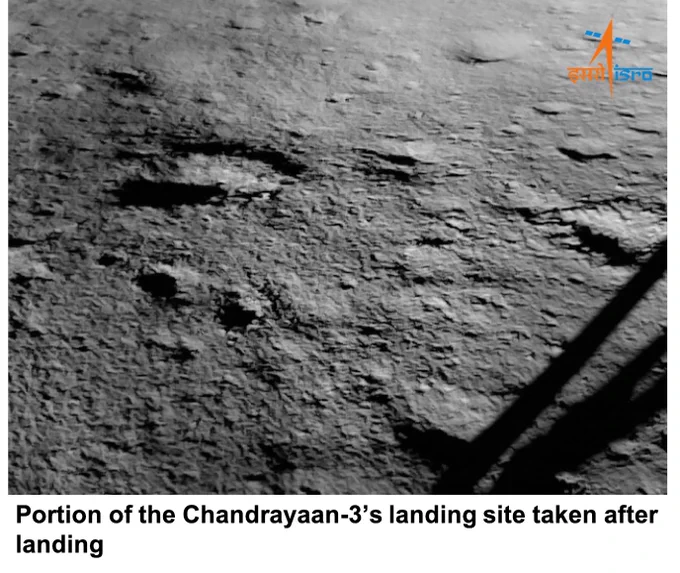Arish Mujawar, Pune
India has achieved a historic feat by successfully landing its Chandrayaan-3 spacecraft on the Moon’s south pole, an area that has never been explored by any other country. The Indian Space Research Organisation (ISRO) announced achieving the milestone on Wednesday after a tense 15-minute descent.
The south pole of the Moon is considered to be a treasure trove of scientific discoveries, as it harbours water ice and other volatiles that could reveal clues about the origin and evolution of the solar system. The region also offers potential resources for future human missions, such as drinking water, oxygen, and rocket fuel.
The South Pole is also a challenging terrain to land on, as it is covered with craters and shadows that make navigation difficult. The region experiences extreme temperatures, ranging from -203°C in the dark areas to 100°C in the sunlit areas.
ISRO’s Chandrayaan-3 mission consists of an orbiter and a lander-rover combo named Vikram and Pragyan, respectively. The orbiter will circle the Moon for a year, while the lander rover will operate for 14 Earth days or one lunar day. The rover will explore the surface of the South Pole and collect samples for analysis. The lander will also conduct experiments to measure the seismic activity and thermal conductivity of the lunar soil.
The mission is a follow-up to Chandrayaan-2, which failed to land on the south pole in 2019 due to a technical glitch. ISRO said that it learned from its previous mistakes and improved the design and performance of Chandrayaan-3. The mission cost about $91 million, making it one of the cheapest lunar missions ever.
